Ecommerce shipping and fulfillment is not easy to handle, especially for starting businesses.
However, not many retailers understand that shipping and handling costs are of the top reasons for shopping cart abandonment. According to a research, 44% of customers did not complete their transactions due to high shipping and handling fees.
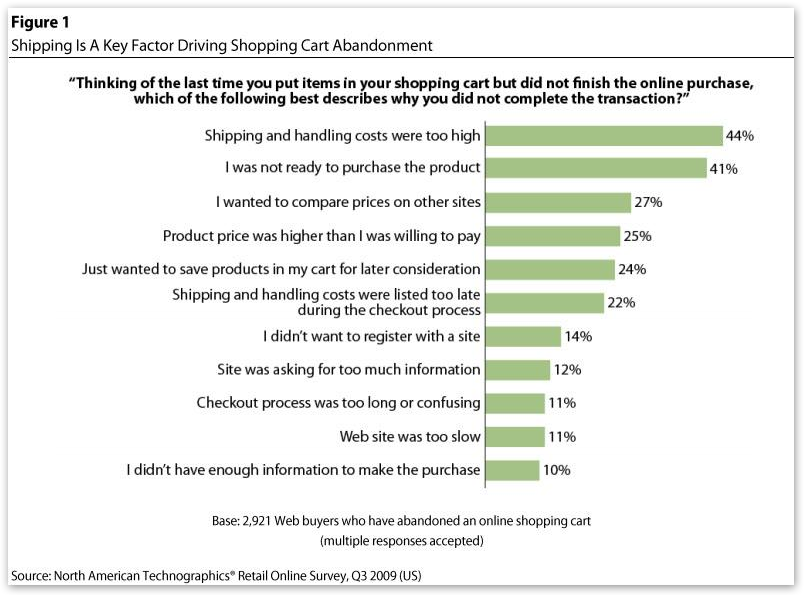
Hence, learning the basic rules for a successful shipping strategy is the first step towards your e-commerce success, especially for startups and small businesses.
In this article, you will learn:
1. Understand Fulfillment Methods
2. Packaging & Labeling
3. Insurance & Tracking
4. Customs & Duties
5. Business Accounts
6. Shipping Rates & Pricing
1. Understand fulfillment methods
The first step to build a good shipping strategy is to understand the common fulfillment methods. This helps you avoid unnecessary costs especially caused by misunderstandings with shipping providers.
- Self-Fulfillment: is when you store, manage, and deliver products to customers on your own. This is the method that many startups often use at the beginning of their business launch.
- 3PL (Third Party Logistics): is a third party eCommerce fulfillment where you use an outsourced provider of logistics services to store your inventory for you and fulfill orders. But they do not own your products.
- Dropshipping: is a fulfillment method where you don’t actually store inventory onsite. Customer’s orders will be fulfilled straight from the manufacturer or wholesaler. With this dropshipping fulfillment method, you do not store or purchase products upfront. Instead, you only pay for the products when you receive orders from customers. However, you need a robust inventory management system that allows prompt sharing of information between you and your supplier.
Deciding on your fulfillment method will affect your shipping strategy since they complement each other.
2. Packaging & labeling
Online shopping has risen the importance of packaging by higher customer’s expectations. A good package not only ensures your products reach customers safe and sound, but also delivers your brand’s message.
There are 2 types of packaging for you to consider: either use standard packages that are available in the market (utility packaging) or produce your own package (branded packaging).
Small businesses often start with utility packaging first as it’s cheaper and doesn’t take much effort into design. A unique packaging style will give huge branding benefits but it can be costly. Some fulfillment methods, e.g. dropshipping, may not allow you to use your own packaging design.
Package for safe transport
No one wants to receive a broken package. Hence, your product’s safe delivery should be the first priority.
- Pack it tight: there are many types of padding (such as air pillows, foam packing peanuts, colored crinkle paper, newspaper/tissue paper, or bubble wrap) to enhance the safety of your products. After putting the padding in, shake the package gently to ensure the products don’t move inside the package.
- Maintain the uprightness of your package: the package’s edges will avoid damages to your products when there is extra weight on top of the package (which often happens when you ship many orders at once). Hence, choose a box that fits your items as much as possible and avoid all bends in the edges when packing and folding them.
- Secure your package with tape: Use plastic or reinforced paper tape designed for packages (usually 2 inch/ 5.08 cm wide). Follow the simple “H-shape method” by taping along all the open seams of your box when you seal it. Reinforce the bottom of the box in the same method as well as any seams. Tape over the shipping label on the top, side and bottom of the package.
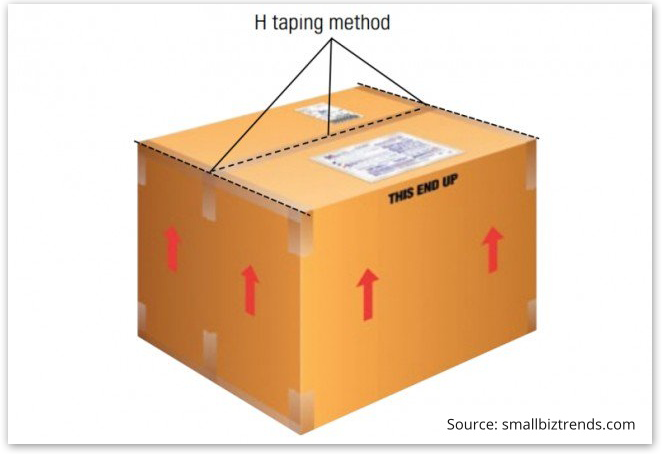
Package for optimized shipping costs
We all know that a package’s shipping cost depends on its size and weight. Hence, make sure it’s big enough to contain your products but not too big as it unnecessarily inflates your shipping costs. Try different sizes of packaging until you find the most appropriate one for each order.
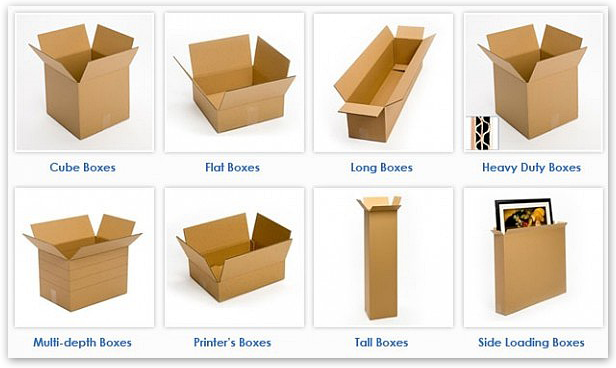
Package for marketing & branding
Packages also support your marketing strategies. You can include a small thank-you card for purchasing, free samples of products, a membership card or a coupon for the next purchase. You cannot underestimate the surprising impact of a good surprise! 🙂
A package, if done in a smart way, not only promotes your brand, but also is an effective method to get rid of deadstock. If you aren’t aware, deadstock is among the top inventory issues that kill small businesses. All retailers know the struggle of inventory management, so any action may help ease the pain.
It’s never too early to prepare for:
Unavoidable Inventory Management Challenges
- Estimate when you need more stock
- Learn to quickly get rid of deadstock
- Stock-take/ audit in an effective way
- Organize your stock & warehouse for less mistakes
[maxbutton id=”11″ url=”https://www.magestore.com/top-4-ecommerce-inventory-challenges-sme-freebie” text=”Get FREE E-book now” ]
Label the package
Place a label of shipping address and return address on the top, side and bottom of the package. In case your package gets lost along the way or cannot reach its buyer, it can be sent back to you via the labeled address.
You can write the addresses manually. Or prepare easier with a label tool such as Magestore’s Free 5-in-1 Retailer Tool for Magento. One of its 5 built-in functions is to create a shipping label within only 3 steps. Automation reduces manual efforts and mistakes.
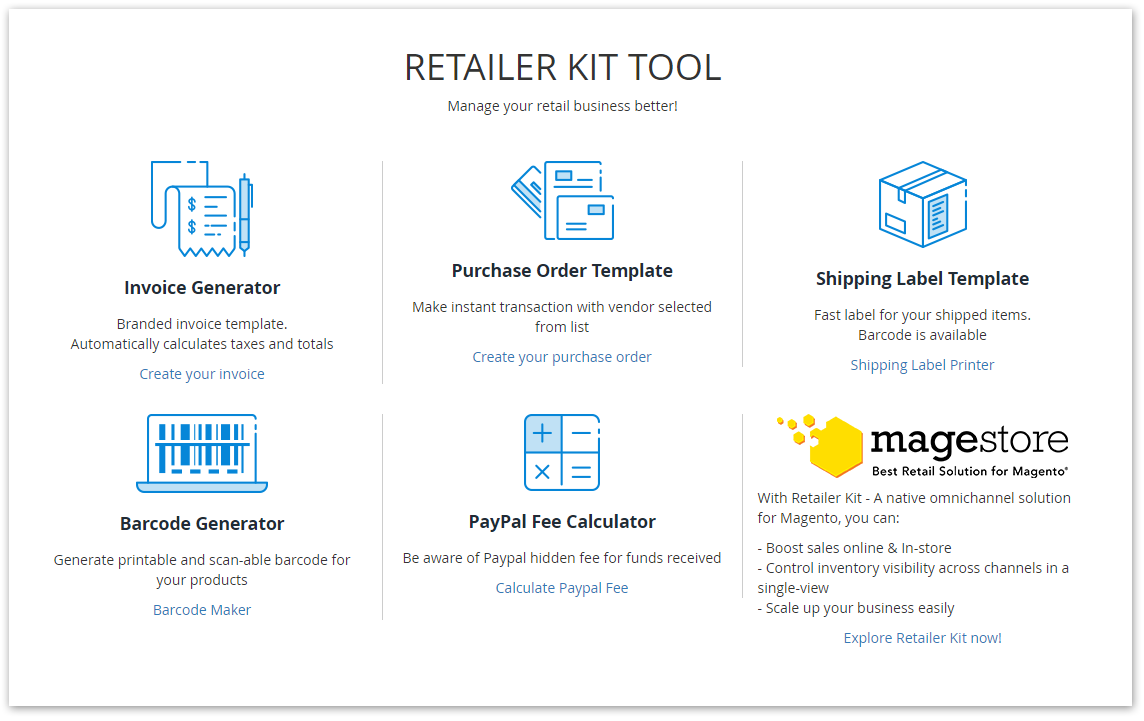
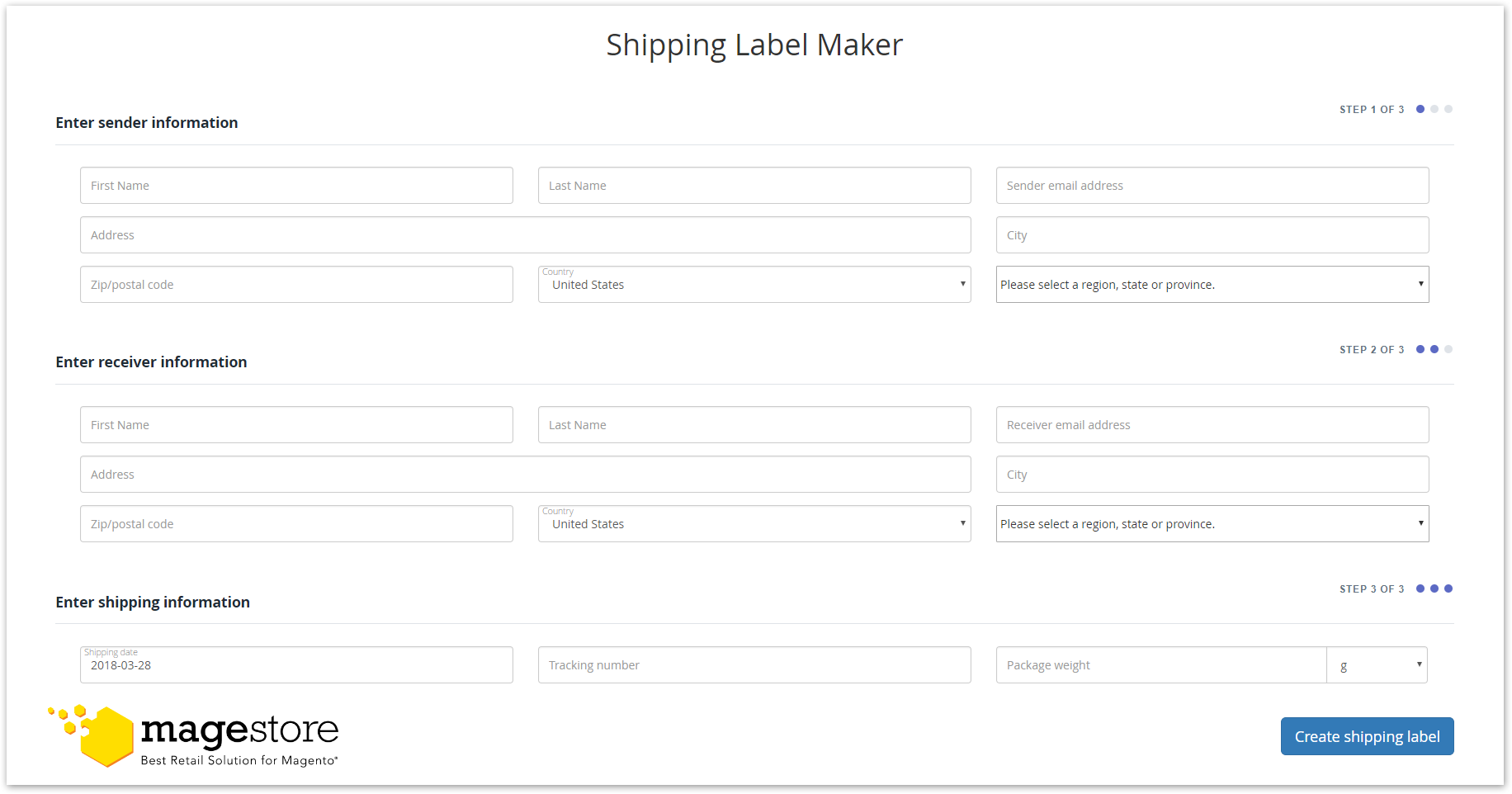
3. Insurance & tracking
Insurance and tracking cost you a small extra amount but will cover you in case any package get lost or damaged along the way. This gives you a better ease of mind especially when your products are of high value.
Most shipping services already include insurance in their price. What differs are the type of products they insure, the maximum reimbursement amount, and the associated terms and conditions.
Ensure you keep original receipts for all insured items to present to the courier’s claim department when required.
For tracking, modern shoppers expect to know where their package is. Most shipping services can also provide this information throughout their shipping journey too. So don’t forget to ask yours.
A simple email template will be good to inform your customers of their expected receipt date after they’ve placed their order. At the same time, a shipping confirmation email is a great method to upsell/ cross-sell.
Here are some order confirmation email best practices for your reference.
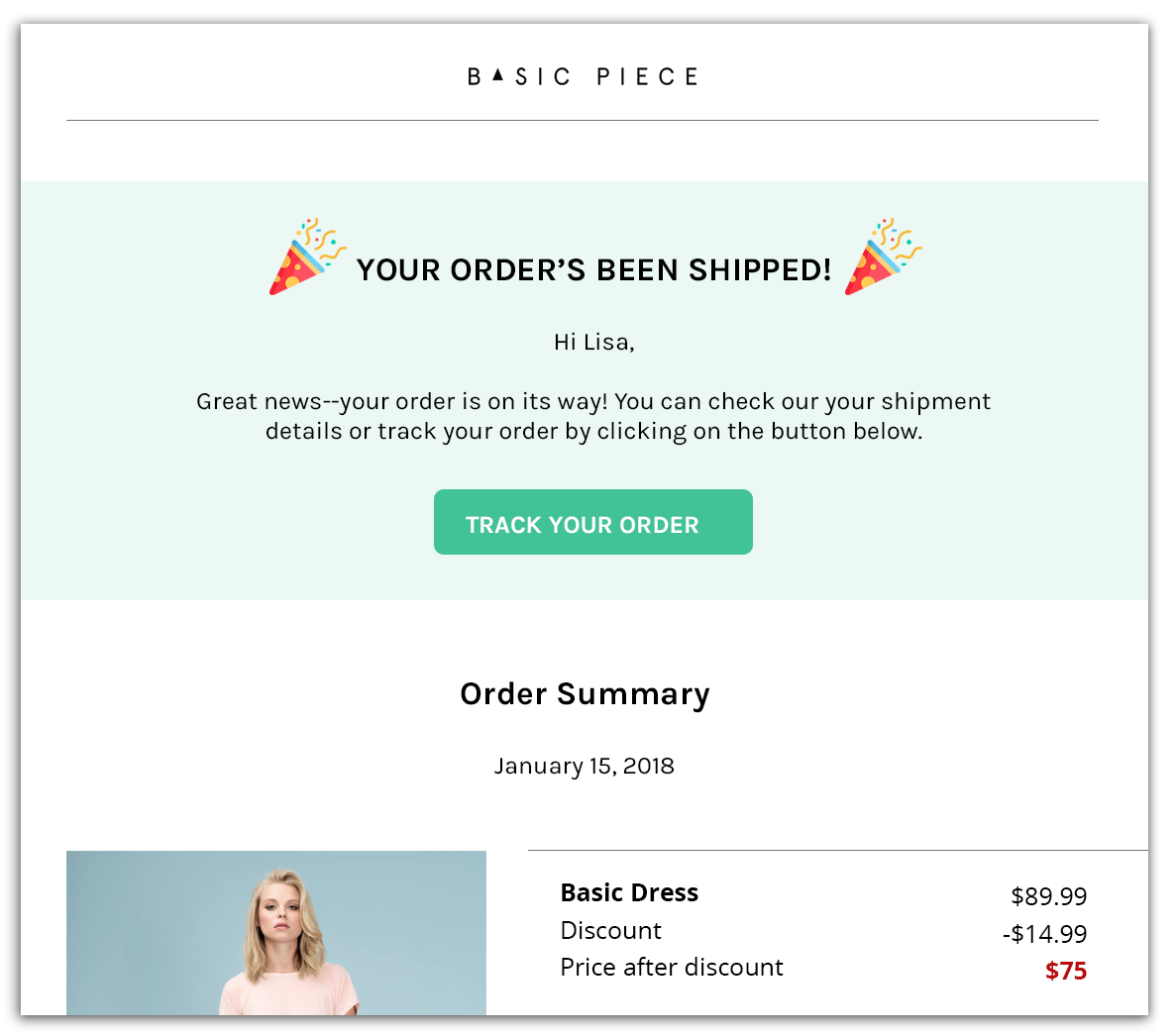
4. Customs & duties
If you are shipping internationally, pay attention to taxes and duties as they vary from country to country and product to product. So make sure you do enough research on this matter.
Know each country’s rules and regulation
Each country has its own rules and regulations when it comes to:
-
- what products are allowed to be imported and exported;
- what threshold to begin charging customs duty at;
- the rate of customs duty.
Go to the country’s official customs website to learn the threshold and the customs duty rate for your products.
Pay attention to the Harmonized Tariff Code too. This is a code that describes your product in a specific country. Unable to input the correct code on your product may cause delay, misdelivery or a higher tax fee to pay.
Prepare required documentation
Each country may require different documentation depending on its own rules and regulations. But in general, you need to prepare the followings:
- Commercial invoice: is a legal document between the supplier and the customer that describes the type and value of the product you are shipping. Customs uses commercial invoice to calculate duties and taxes.
- Export declaration: is a form that you need to submit at the port of export. It provides information on amount, nature and value of your product to the statistical office for the compilation of foreign trade data. The form also serves as an export control document.
- Certificate of origin: is an official document to verify what country the goods in a shipment have been wholly obtained, produced, manufactured or processed.
Pay duties and taxes
Duties and taxes are imposed to generate revenue and protect local industries against foreign competition.
The amount you have to pay is based on product value, trade agreements, country of manufacture, use of the product and the product’s harmonized system code.
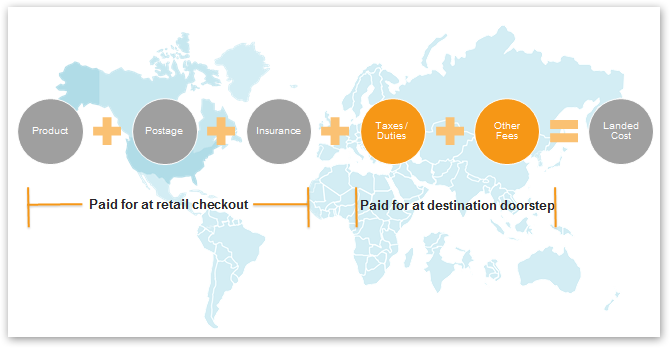
These fees can be paid by either the customer (delivery duty unpaid – DDU) or the merchant (delivery duty paid – DDP):
- With delivery duty paid (DDP), the merchant assumes all responsibilities, risks, and costs associated with transporting goods until the customer/ buyer receives or transfers them at the destination port. The delivery duty will be paid by the carrier and billed to you. This means more costs for you but better experience for your customers.
- In contrast, delivery duty unpaid (DDU) requires the customer/ buyer to pay all duties and taxes. You still need to pay transportation costs, but the customer will have to pay for the duty and other clearing expenses upon arrival. If you choose this method, inform your customers before buying the products, so there will be no messes later on.
5. Business Accounts
After deciding on a long-term carrier, consider setting up business accounts at these shipping services.
Business accounts offer many benefits including discounts, better management of your orders, free shipping supplies, etc.
Each carrier may have different types of business account program, so check with them before signing a contract.
Here are some business account programs from common shipping services for your reference:
- USPS Business Gateway
- FedEx Business Center
- DHL Business Account
- Canada Post Venture One
- UK Royal Mail Online Business Account
- Australia Post Business Credit Account
6. Shipping rates & Pricing
After learning all essential shipping elements, now it’s time to decide your pricing.
Based on a research in 2010, only 3% of customers don’t care about shipping costs. This means the right pricing strategy plays a vital role in your business success.
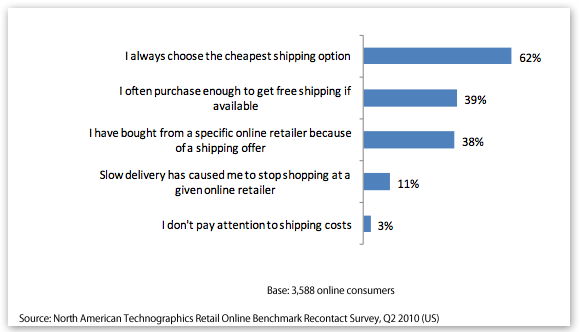
Free shipping
Free shipping strategy works best if your warehouse and customer are all located in one country since international shipping costs are much higher.
Offer free shipping brings you some great benefits:
- Customers LOVE it!
- It reduces shopping cart abandonment.
- You get more (loyal) customers and probably more sales.
However, keep in mind that free shipping may deeply affect your profit margins.
To reduce this negative effect, you can consider the following options:
Increase product prices to partially or wholly cover shipping costs. Make sure you do a market research to ensure you do not set your prices too high.
Or, provide free shipping with conditions:
- Offer free shipping on a minimum order amount: this covers part of the shipping costs while increases your average order value.
- Provide free shipping on certain products only: encourage your customers to buy more of these products.
- Offer free shipping for certain locations only: another strategy to increase sales, for example, in a new regional market.
- Offer free shipping for a limited time: an effective campaign to increase sales and reduce pick-up costs within a period.
- Give loyal customers/ members free shipping: enhance customer engagement and increase their life-long value.
- Free in-store pickup: many customers love this, even more than home delivery. With this method, customers still have free shipping. They can also choose a convenient time to check the products at the store and get all questions answered before bringing the items home. Below is a typical store pickup module for Magento users from Magestore.
Flat rate shipping
Flat rate shipping is an eCommerce shipping method that allows you to pay or charge a predetermined fee for a product, despite variations in weight or size. This means you need to work out the average cost of shipping for all of your products.
This strategy works best when you have a product line of similar sizes and weights.
Keep in mind that flat rate shipping can discourage small orders when the fee is too high compared to the order value.
Live rates/ real-time rates from a carrier
Another popular strategy is to charge the real fees that you are paying to your carrier like UPS, FedEx or DHL.
With this strategy, it’s easy to explain the shipping costs to your customers. It shows that you’re not inflating the shipping costs.
The amount mostly depends on the products in the order and the distance from your warehouses to the customer’s place. The minimum is exactly what your carrier charges you. You can add a surcharge to cover packaging and fulfillment costs.
This eCommerce shipping strategy works best for small but expensive items, such as jewelry.
What’s next?
Now you have it! The basic eCommerce shipping and fulfillment guide for beginners. But of course, running a business is more than just setting up shipping. Another big challenge for ALL e-commerce retails is inventory management. So make sure you prepare yourself to deal with it.
Meanwhile, you may want to check out our FREE e-book about the top 4 eCommerce inventory management challenges that all retailers will get. The sooner you are aware of them, the less costly the damages will be.
It’s never too early to prepare for:
Unavoidable Inventory Management Challenges
- Estimate when you need more stock
- Learn to quickly get rid of deadstock
- Stock-take/ audit in an effective way
- Organize your stock & warehouse for less mistakes
[maxbutton id=”11″ url=”https://www.magestore.com/top-4-ecommerce-inventory-challenges-sme-freebie” text=”Get FREE E-book now” ]
About Magestore & Magento Retail Solution
Magestore is a solution provider that is dedicated to enhancing Magento retailers. With 8+ years in Magento and retail market, we offer the best solution for small and medium businesses including inventory management, point-of-sale, store-pickup, dropship, order fulfillment, loyalty programs and more.
Magestore is willing to help you with your eCommerce shipping and fulfillment. You will get the best automation system at the most competitive price.
Talk to us to get the complete solution for your eCommerce store or visit www.magestore.com for more details.

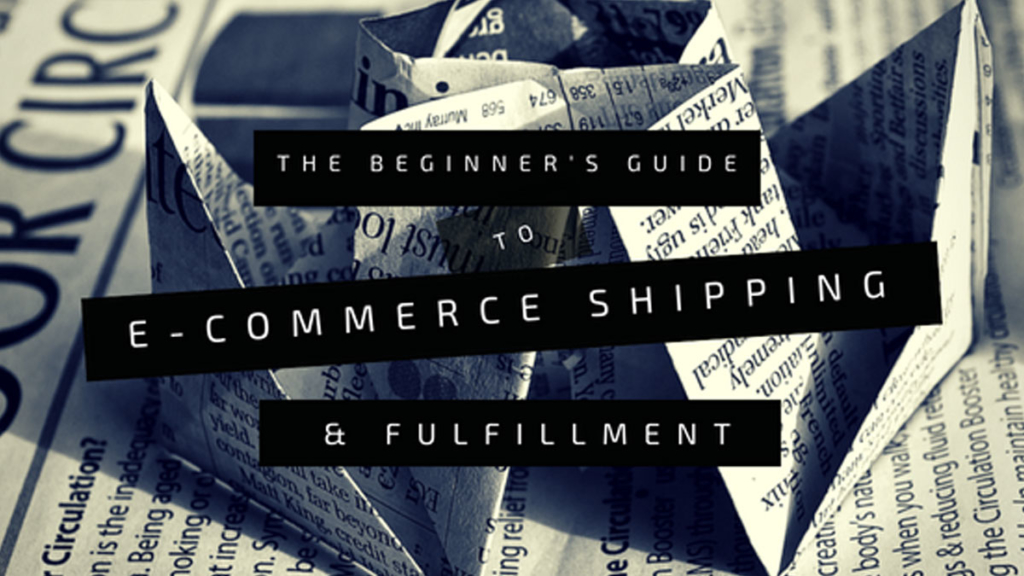
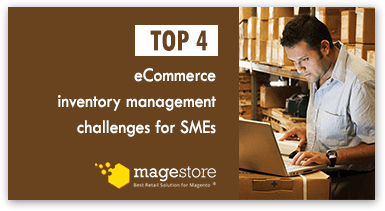
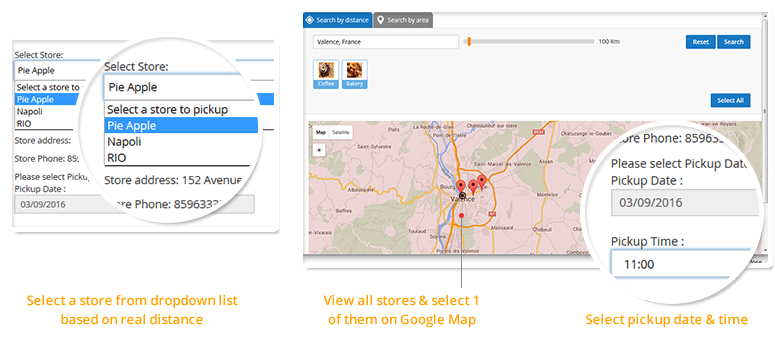

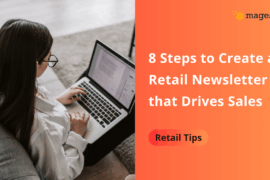

2 Comments
Seriously, what a great reference for people who need help and advice when it comes to marketing! This is perfect!! I also learned a few things myself.
Hey, Awesome Information shared by you.
There is no denying that shipping services play an important and seamless role in various economic activities. Shipping is definitely a challenge for every sector or business, but they serve an essential part in the functioning of the entire global economy. The use of shipping/courier services has increased phenomenally over the last few years and keeps on rising. The boom of e-commerce channels has further fueled the usage of courier services.
The United States holds the record for generating the highest revenue from shipping packages, somewhere close to $119 billion. The changing times and customer requirements have changed the industry and E-commerce boom fuels the growth of courier firms. Thanks to the Best E-Commerce Platforms for the contributions to this Boom in the shipping industry!